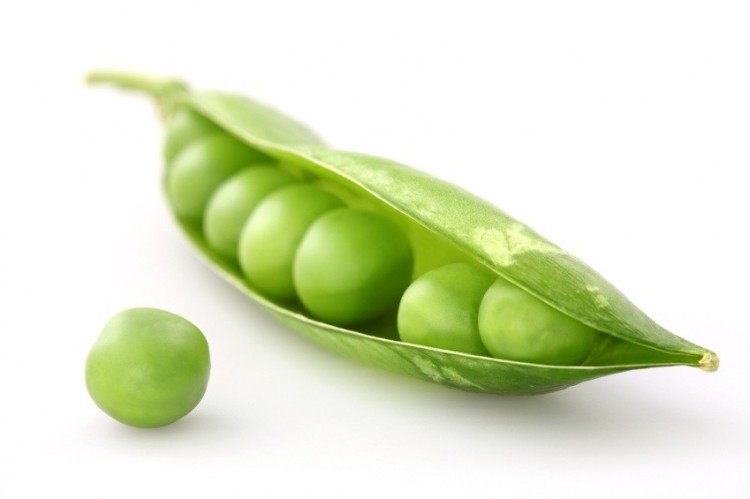Accelerating move toward plant proteins shakes up sports nutrition market, expert says

“It’s not a brand new trend. It’s been out there for the last half decade but it does seem to be picking up momentum,” Vierhile told NutraIngredients-USA.
Vegetarianism, price seen as drivers
Two key factors drive the trend. One is that an increasing number of consumers now identify themselves as vegetarians, Vierhile said. According to a Gallup poll in 2012, 5% of Americans said they were vegetarians.
“I think there is significant push for the trend from vegetarians looking for a plant protein source,” Vierhile said.
The second driver is a more prosaic one: price. The prices of protein from animal sources have been driven up, both by the effects of drought in some producing regions and by competing demand, Vierhile said. Prices of plant-based proteins are now competitive and are considerably less volatile, making it easier for manufacturers to count on predictable margins, he said.
“The volatility of commodity prices for animal-based products has been a big driver,” Vierhile said. “I know that some commodities like butterfat have been on a tear, and are more expensive now than at any time since the late 1990s.”
Taken together, there is a significant push for manufacturers to experiment with plant sources, Vierhile said. The success of sports nutrition brands like Vega, based wholly on plant proteins, has been beacon for other companies, he said.
“You are seeing more companies in the food industry experimenting with these products. And there is a lot more supply in the market. Pea and rice proteins are the mainstays, but you also see oat protein with a lot of uptake in products,” he said.
Sustainability advantages
Plant protein is produced lower on the food chain, and so inherently takes fewer inputs to produce each unit of protein, Vierhile said. This message is starting to resonate in the marketplace, even with consumers who in the past have been fence-sitters as far as questions of sustainability are concerned.
Sports Nutrition 2014
Tom Vierhile will participate as a speaker in an upcoming online sports nutrition event hosted by NutraIngredients and schedule for Sept. 10. for more information and to register, click here.
“Another angle of this is the whole environmental concept. There has a been a push to characterize meat and dairy production as very carbon intensive. You need a lot of land resources, a lot of water, to produce these ingredients. All of those things that are becoming scarce in various parts of the world. The amount of water needed to produce a pound of ground beef is extraordinary, compared to a pound of pea protein,” Vierhile said.
Educated consumers
Communicating these benefits is easier in sports nutrition than in many of other sectors of the market. Like consumers in the natural and health food store channel, consumers of sports nutrition products seem to be more knowledgeable about and more engaged in what’s in the products.
“I am kind of curious to see where the mainstream consumer is on all of this, if you surveyed them and asked them what they thought of plant-based proteins. In sports nutrition, you have a consumer that is more knowledgeable and would know the difference between the protein sources,” Vierhile said.
Another thing auguring well for the plant-based trend is that the notion that plant protein sources are inherently inferior to animal-based sources seems to be falling by the wayside in the market.
“It is not seen as much of a compromise now. Plant-based proteins are looked at as being on a simliar level with other sources,” he said.










